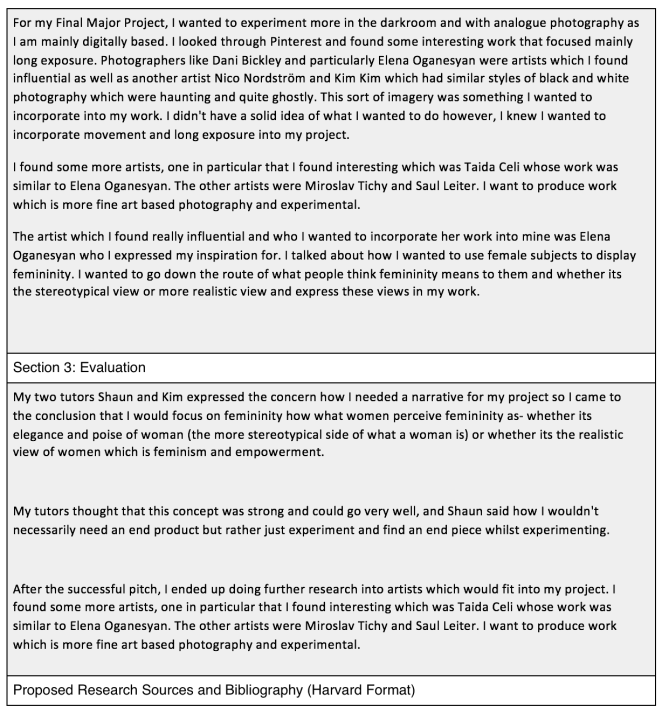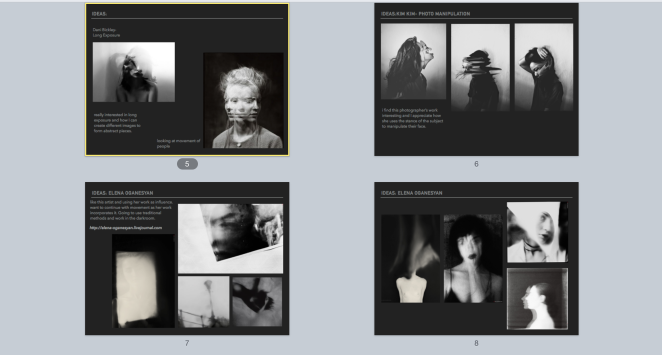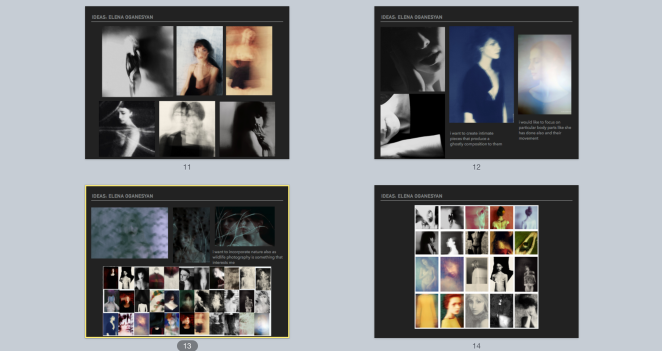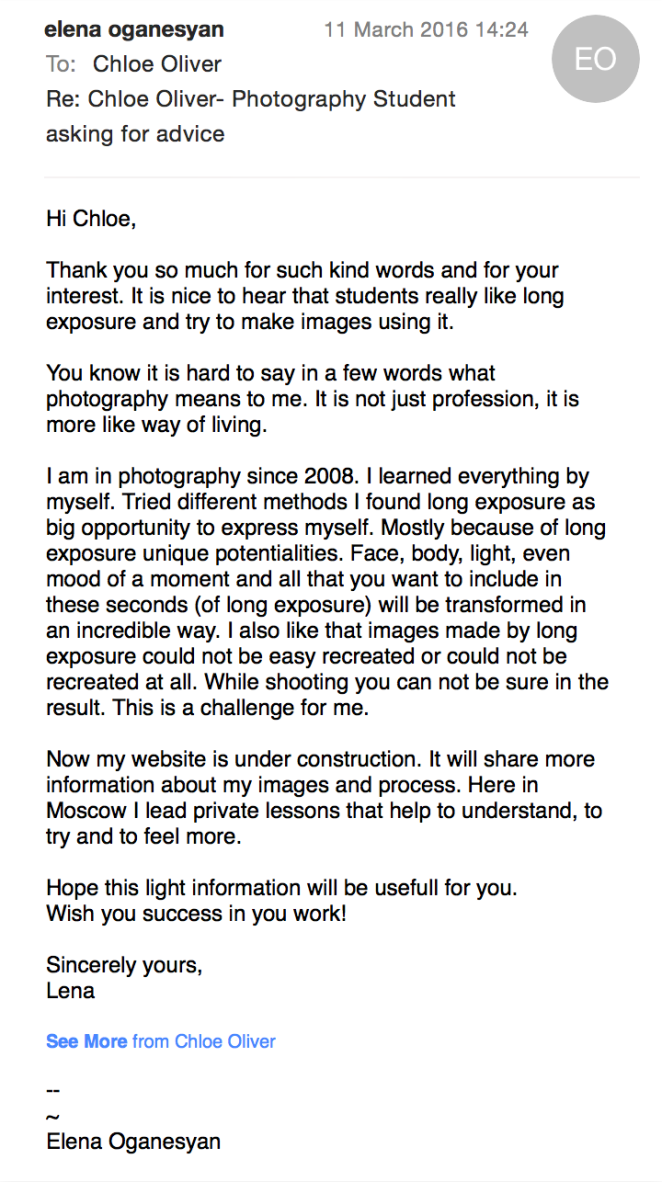Floris Neusüss
Floris Neusüss (born Lennep, Germany, 1937) has dedicated his whole career to extending the practice, study and teaching of the photogram. Alongside his work as an artist, he is known as an influential writer and teacher on camera-less photography.
Neusüss brought renewed ambition to the photogram process, in both scale and visual treatment, with the Körperfotogramms (or whole-body photograms) that he first exhibited in the 1960s. Since that time, he has consistently explored the photogram’s numerous technical, conceptual and visual possibilities.
His works often deal in opposites: black and white, shadow and light, movement and stillness, presence and absence, and in the translation of three dimensions into two. By removing objects from their physical context, Neusüss encourages the viewer to contemplate the essence of form. He creates a feeling of surreal detachment, a sense of disengagement from time and the physical world. Collectively, his images explore themes of mythology, history, nature and the subconscious.
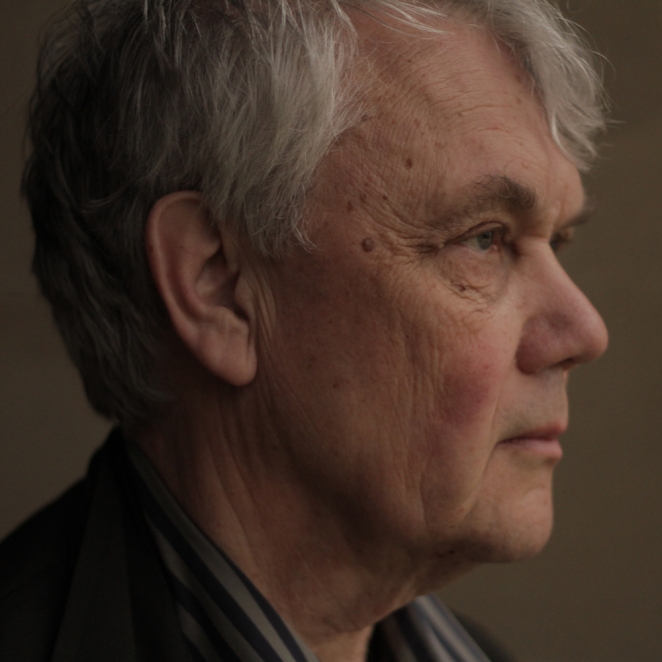
On this website which I used as research, I found a video of Neusüss revealin his preperation to making an image using the camera-less technique of ‘photogram’. This video was set in Lacock Abbey in Wiltshire, England. In the grounds of the Abbey, Neusüss also demonstrates the creation of ‘cyanotype’ photograms using fern leaves, recreating the methods of the ver first photographs.
http://www.vam.ac.uk/content/articles/c/camera-less-photography-artists/
Here is the transcript of the video and above is the link to the video-
FLORIS NEUSESS: If we look at art and I do look at art there is art that speaks to me and art that does not speak to me.
First of all one has to be interested visually, and then with a lot of art nowdays, you need to know the background.
The house here is now a museum and it says such a lot about Fox Talbot’s life and if you look around today you can understand everything he himself developed and tried out. You really could believe that Talbot had just been working here.
An important aspect of my work was more conditioned by the medium itself: I carried the photogram out of the laboratory, that is out of the studio, and took it to the objects. And the very first photo I made outside the studio, the first photogram, was of this window.
I don’t particularly consider myself to be a pioneer, I use this technique because I find it to be a medium that is suitable for purpose, and because, and this is the important thing, I am interested in what they used to do with this technique before my time, which is why we are sitting here today.
A very important aspect of a photogram is this contact, how do I put it…a photogram is not a reproduced print, it is a contact picture. You sense that the object was originally in contact with the picture.
The question is, and this possible with photograms, how to get away from the purely documentary aspect and make a picture of the window about the window.
Pierre Cordier
Pierre Cordier (born Brussels, Belgium, 1933) discovered the ‘chemigram’ process in 1956. Over many years, he has explored the potential of the chemigram like an experimental scientist.
Working more like a painter or printmaker than a photographer, Cordier replaces the canvas or printing plate with photographic paper. He applies photographic developer to the paper to create dark areas and fixer for lighter tones. Further changes to shape and pattern are made by ‘localising’ products such as varnish, wax, glue, oil, egg and syrup. These protect the surface of the photographic emulsion or can be incised to create a drawing, graphic motif or written text. Entrancing chemical and physical reactions can then be made by repeatedly dipping the paper in photographic developer and fixer. This method allows him to create images impossible to realise by any other means. The process has become the artwork and his style is his technique.
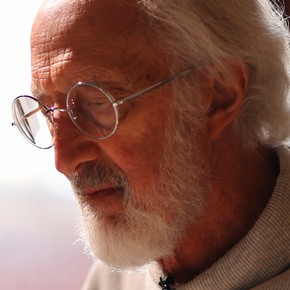
Below this information, there’s a video of Cordier in his Brussels studio where he works more like a painter or printmaker than a photographer. He replaces the canvas or printing plate with photographic paper. Then using photographic chemicals- as well as varnishes, wax, glue, oil, egg and syrup- Cordier creates enigmatic images that are impossible to realize by any other means. In Cordier’s work, the process itself becomes the artwork and his style is his technique.
http://www.vam.ac.uk/content/articles/c/camera-less-photography-artists/
Here is the transcript of the video and above is the link to the video-
PIERRE CORDIER: The first thing people ask me at conferences, the first is ‘Yes but Mr Cordier, what about chance?’
What they mean, what they think, is ‘This Cordier, he doesn’t do much, he leaves it up to chance.’
My stamp is ‘chemigram.’
I am Mr Chemigram.
Oh yes, Pierre Cordier, Mr Chemigram.
I made my first chemigram during military service in Germany, near to Cologne. I had met a German girl called Erica. I wanted to make her a birthday card. So I took a sheet of photographic paper, I wrote using nail varnish, ‘Happy 21st Erica.’
Then I thought I would do a black background, then I put it in the developing solution, and then I watched as the nail varnish moved and changed form and then I put it in the fixing solution and there was my first Chemigram.
So here I can show you a test of what happens when one uses a ‘localizing’ product. In this case, the ‘localizing’ product is a spread for slices of bread, and it is very good.
And then I put some Liege syrup on the paper, and then I dip it in the developer and fixer. And I obtain a very simple chemigram, just a very simple one.
Brassaï, the famous photographer, wrote to me, saying ‘how diabolical and very beautiful your process is, make sure you never divulge it.’ But several years later I disobeyed Brassaï.
I am very happy that other people do chemigrams, absolutely, and that there are many around the world who do them. Some people say ‘Yes, Cordier was one of the first’ but that doesn’t matter to me, what’s important is that people continue to do them.
I put some distance between myself and the notion of photography, hoping to be welcomed within the world of painting, because in fact I am neither a painter nor a photographer, but a bit of both. But the painting world couldn’t care less about this photographer, Cordier.
To use a good witticism, which Monsieur Degas said of Nadar, ‘Oh you’re just a faux-artiste, a faux-painter, a faux-tograph!’

Black and White chemigram. Made in tradional photographic paper. It measure 0.30 x 0.40 mts.
Garry Fabian Miller
In 1984 Garry Fabian Miller (born Bristol, England, 1957) discovered a method of using a photographic enlarger that allowed a direct translation between plants and the photographic print. Later, in 1992, he turned to making abstract images in the darkroom, using only glass vessels filled with liquids, or cut-paper forms to cast shadows and filter light.
Many of his works explore the cycle of time over a day, month or year, through controlled experiments with varying durations of light exposure. His works are enriched by being seen in sequences that explore and develop a single motif and colour-range. Often, the images are conceived as remembered landscapes and natural light phenomena.
At the heart of Fabian Miller’s vision is a belief in the contemplative existence of the artist, whose practice and life outside metropolitan culture are intertwined. The works he creates are simple, yet multi-layered – tranquil yet energised.
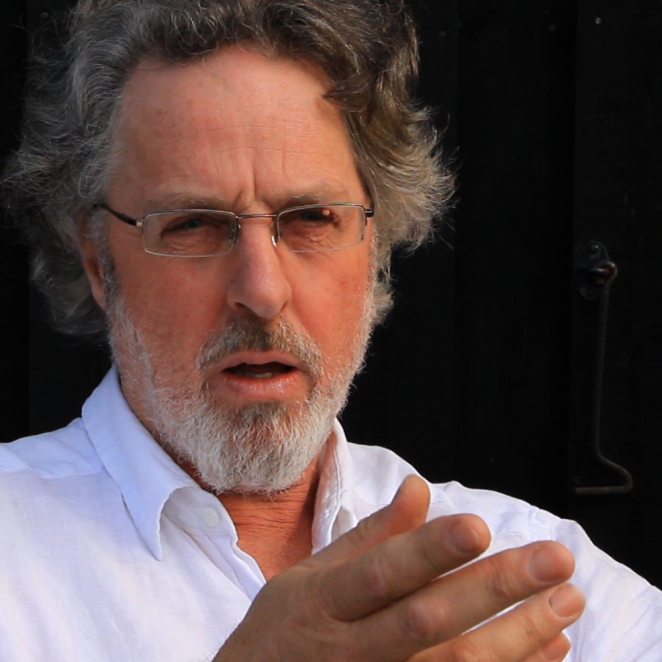
The video on the website talks about how Miller creates glowing abstract images by the casting of shadows, as well as by blocking or filtering light on photographic paper in the darkroom. For inspiration, he walks on Dartmoor- the location of his home and studio in south-west England. This film shows he dramatic landscape and the artist at work, discussing the symbolism of his powerful imagery.
http://www.vam.ac.uk/content/articles/c/camera-less-photography-artists/
Here is the transcript of the video and above is the link to the video-
GARRY FABIAN MILLER: If we look at art and I do look at art there is art that speaks to me and art that does not speak to me.
First of all one has to be interested visually, and then with a lot of art nowdays, you need to know the background.
The house here is now a museum and it says such a lot about Fox Talbot’s life and if you look around today you can understand everything he himself developed and tried out. You really could believe that Talbot had just been working here.
An important aspect of my work was more conditioned by the medium itself: I carried the photogram out of the laboratory, that is out of the studio, and took it to the objects. And the very first photo I made outside the studio, the first photogram, was of this window.
I don’t particularly consider myself to be a pioneer, I use this technique because I find it to be a medium that is suitable for purpose, and because, and this is the important thing, I am interested in what they used to do with this technique before my time, which is why we are sitting here today.
A very important aspect of a photogram is this contact, how do I put it…a photogram is not a reproduced print, it is a contact picture. You sense that the object was originally in contact with the picture.
The question is, and this possible with photograms, how to get away from the purely documentary aspect and make a picture of the window about the window.
Susan Derges
Susan Derges (born London, England, 1955) studied painting at Chelsea School of Art and the Slade School of Fine Art, London. She then lived in Japan for six years, before returning to the UK in 1986. Her images reveal the hidden forces of nature, from the patterns of sound waves to the flow of rivers.
During the 1990s, Derges became well known for her photograms of water. To make these works, she used the landscape at night as her darkroom, submerging large sheets of photographic paper in rivers and using the moon and flashlight to create the exposure.
Within seeming chaos, Derges conveys a sense of wonder at the underlying orderliness. She examines the threshold between two interconnected worlds: an internal, imaginative or contemplative space and the external, dynamic, magical world of nature. Her works can be seen as alchemical, transformative acts that test the threshold between matter and spirit.

Susan Derges uses the landscape at night as her darkroom, submerging large sheets of photographic paper in rivers and using the moon and flashlight to create the exposure. In this video, Derges is seen working in her studio, preparing to make a photogram outdoors, discussing her use of water as a metaphor for transformation.
http://www.vam.ac.uk/content/articles/c/camera-less-photography-artists/
Here is the transcript of the video and above is the link to the video-
SUSAN DERGES: What brought me in to making images like I do is very much to do with sense of place and when I first moved to Devon, I moved to a place that was a little bit like this and I’d been working with a camera before then in the studio doing a lot of staged photography. I’d only been living in this one place for a short while when I started to look at things outside and I remember one of the first things that triggered a print was seeing a still pond with a cluster of newly laid frogspawn. The sun was passing through the spawn and it was printing this image on to the bottom of the pond. And I just thought, “wow” that’s a print, it’s a sun print.
Water’s absolutely key to everything that happens internally to us and externally, and it is the most fantastic metaphor for how everything operates. It can stand for a stream of thoughts, cascades of neural activity in your mind, it can stand for the idea of a circulatory system in landscape or in the body interchangeably. It seems to be something that kind of connects everything and maybe the underlying desire to make images in the first place was to talk about what underlies the visible rather than to just show the visible.
The plate’s going to be on the line that the water is running at.
SUSANS ASSISTANT: Slightly diagonal
SUSAN DERGES: I think even a bit more, maybe it’s running slightly off centre.
A lot of the early work was a lot to do with the birth end of the scale. So it was working a lot with the kind of creative aspect of using water to talk about birth and things coming into being and things developing and forming and actually a lot of work that I’ve been dealing with in this place over the last five years has been to do with things dissolving and dissolving out of a form in a way.
Photography is kind of tied up with death in many respects in terms of you’re looking at absent moments; they’re no longer there. So it is quite a lot I think to do with loss as well as holding and showing.
Nothing is all in the state of coming into being, or in the state of dissolution out of being it’s always on the move, and I think that’s my sense of trying to deal with how it feels to be… there but in the process of change.
Adam Fuss
Adam Fuss (born London, England, 1961) grew up moving between rural Sussex in the South of England and Australia before settling to work in New York in 1982. He made his first photogram in 1986.
His work concerns the discovery of the unseen: it deals with time and energy rather than material form. As well as mastering numerous historic and modern photographic techniques, Fuss has developed an array of symbolic or emblematic motifs.
Drawing upon his childhood memories and personal experiences, his works are conceived as visual elegies centred around the universal themes of life and death. Through outward sensory vision, they explore metaphysical ideas of non-sensory insight.

Conceived as visual elegies, Adam Fuss’s work is about the discovery of the unseen, the expression of the ephemeral and the universal themes of life and death. Working in his darkroom, he creates a series of ‘daguerreotype’ photograms of butterflies. Now a largely obsolete photographic medium, the daguerreotype was first used in the 1840s. Fuss also uses live snakes in his studio, making images that explore the animal’s symbolic and metaphorical meanings.
http://www.vam.ac.uk/content/articles/c/camera-less-photography-artists/
Here is the transcript of the video and above is the link to the video-
ADAM FUSS: I like forms in my work to raise questions. Is there a spiritual element to being alive? Is there a spiritual element to my past experiences?
I feel that I explore my themes, essentially in the dark. The dark room is the shadow place. So when in that place, you know that’s where you make discoveries, where you’re creator, it’s more in there than in the light.
I feel a photogram, which has much less information, has much more intimacy and feeling than a normal photograph.
The way I discovered the photogram was through accidentally finding within the pinhole camera process that it would be possible to make pictures without needing the outside world as a subject.
Metaphorically I stepped into the camera…and I’m still there.
I came to snakes and ladders recently because I was interested in how the snake was depicted as a negative phenomenon, and the work I’d been doing with snakes and ladders has allowed me to explore that paradox around the snake as being something very energetic, powerful, positive. And at the same time being something that is corrupting, repulsive, to be avoided.
Bringing images, manifesting images, that bringing out and externalising has been therapeutic for me. Healing.
You don’t create, you die. You know, you’re not creative, you die. It’s just about survival really.

